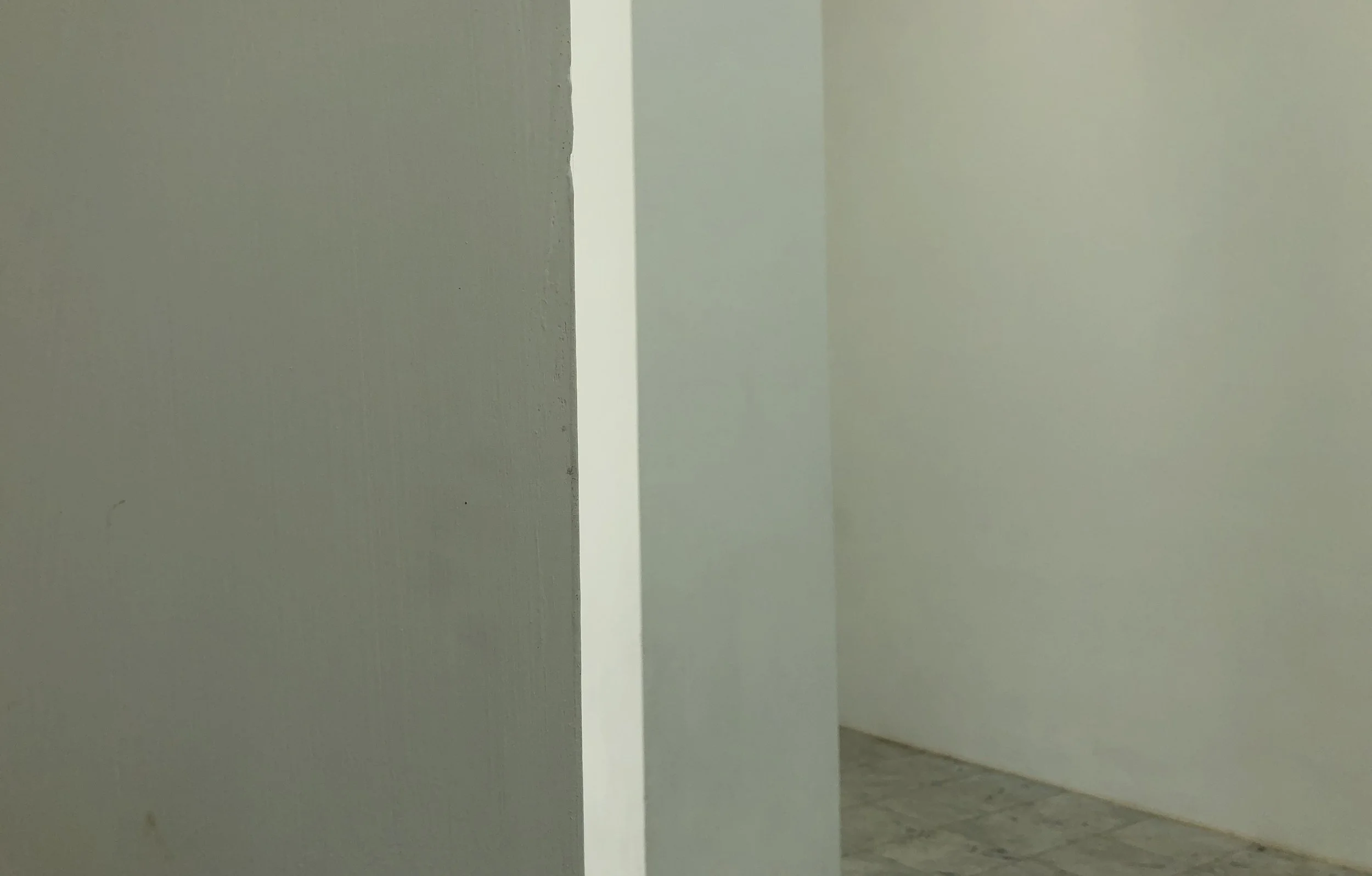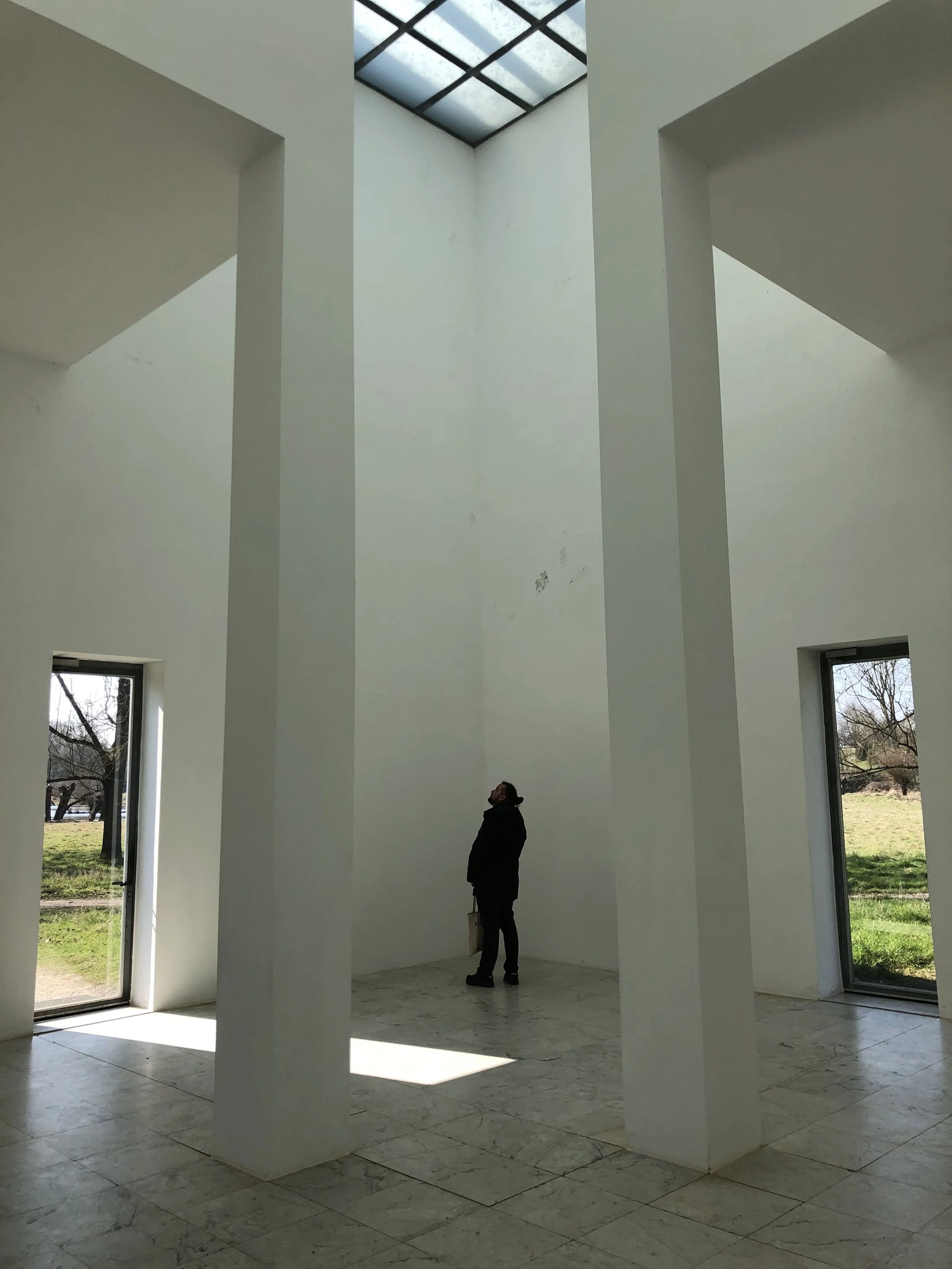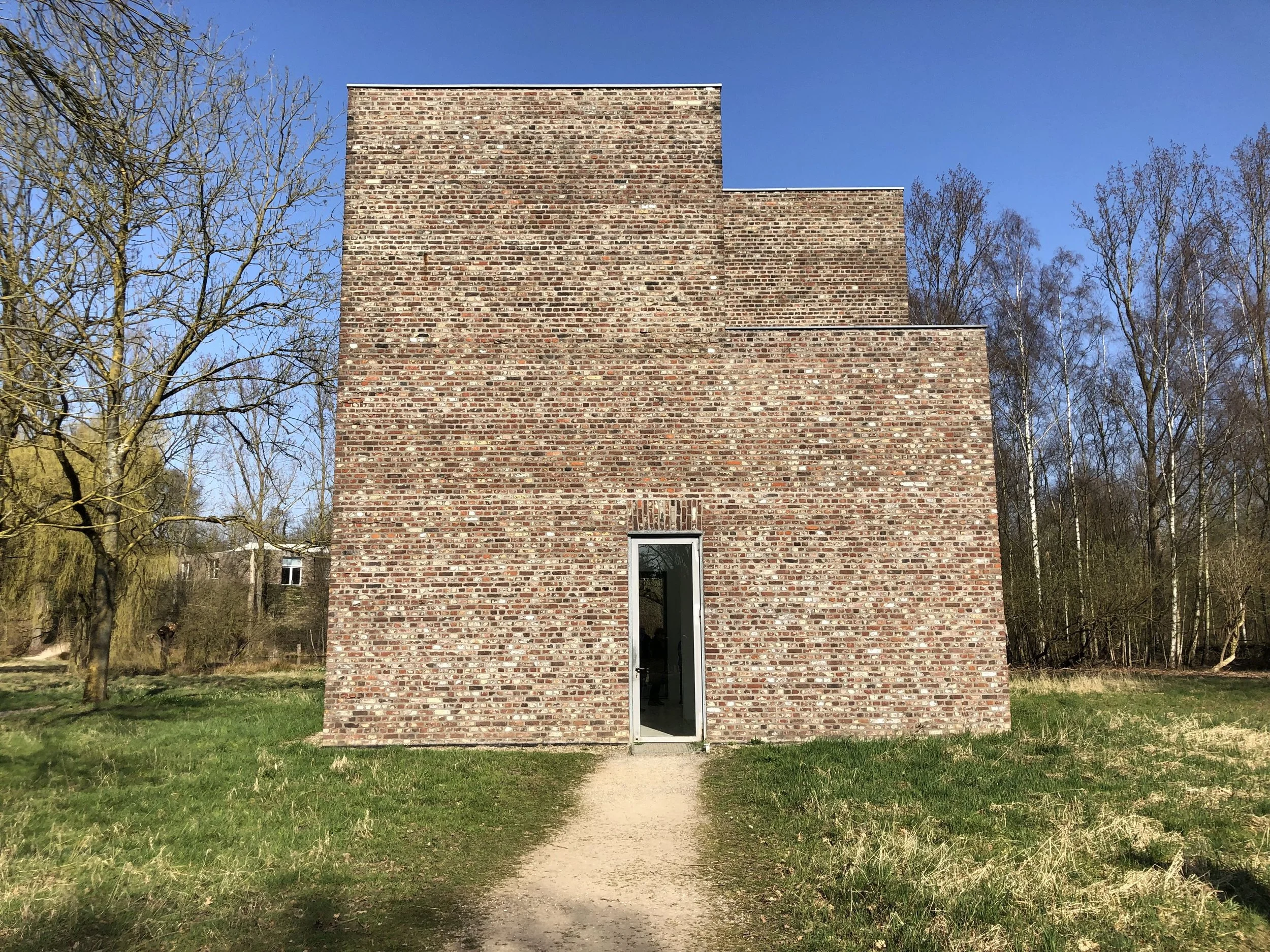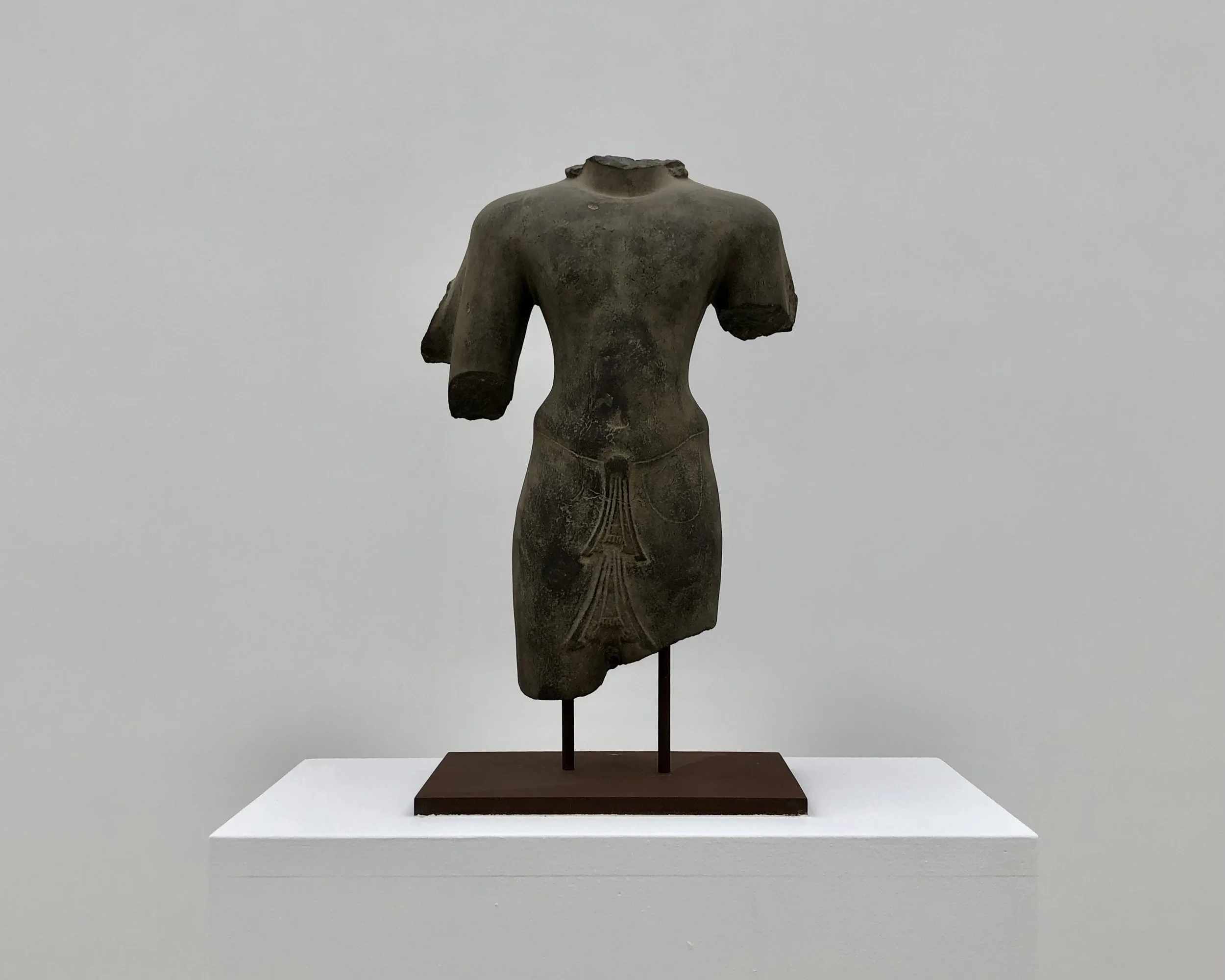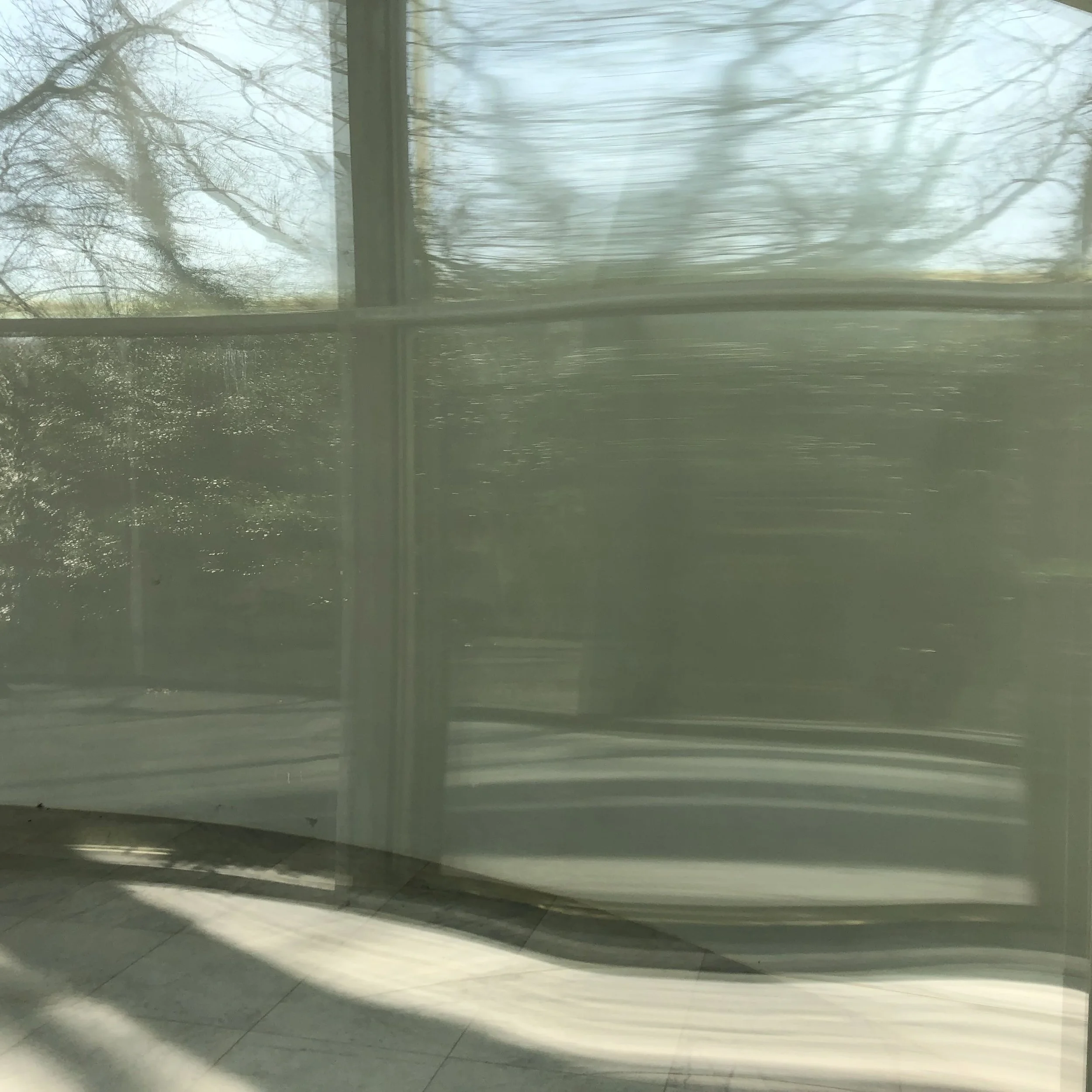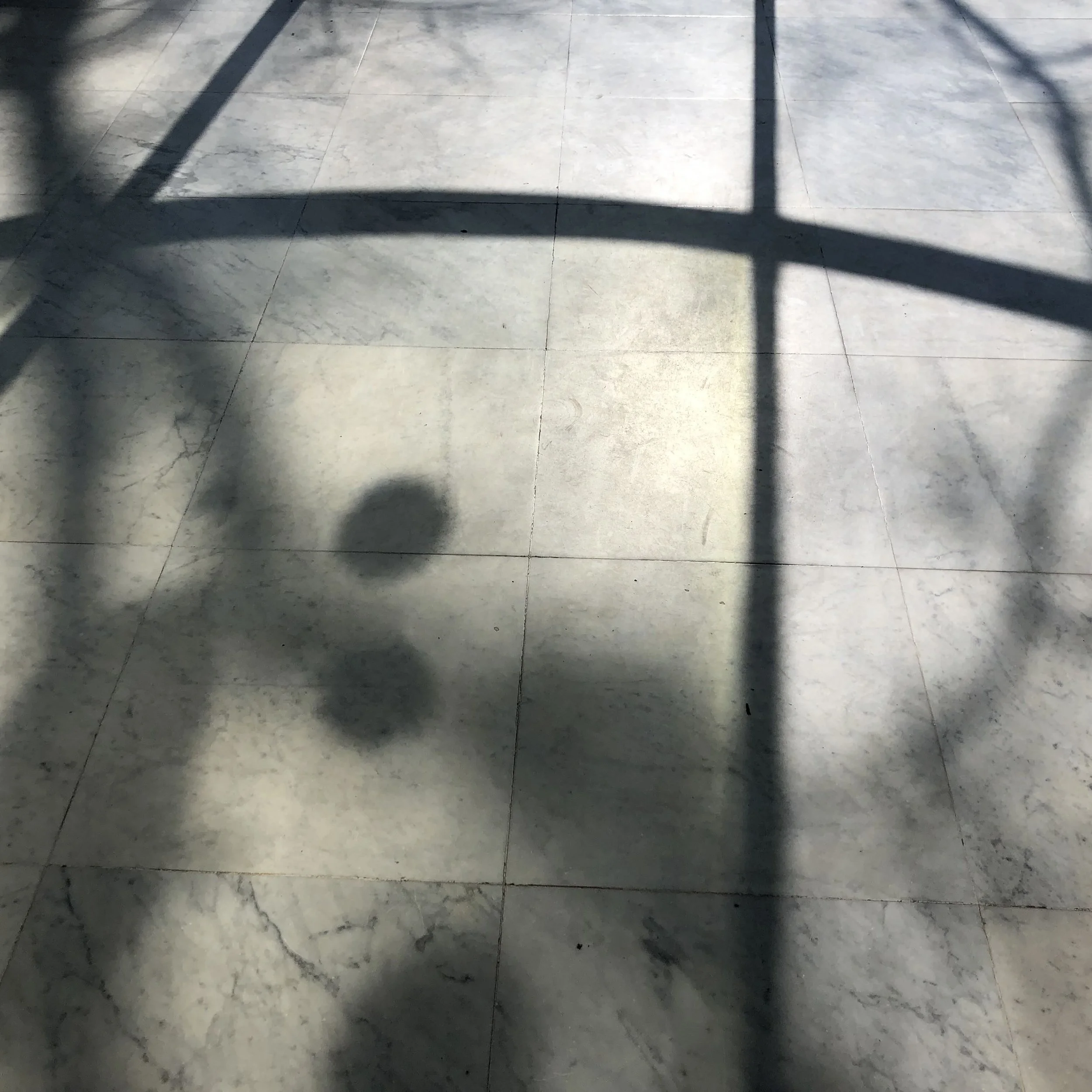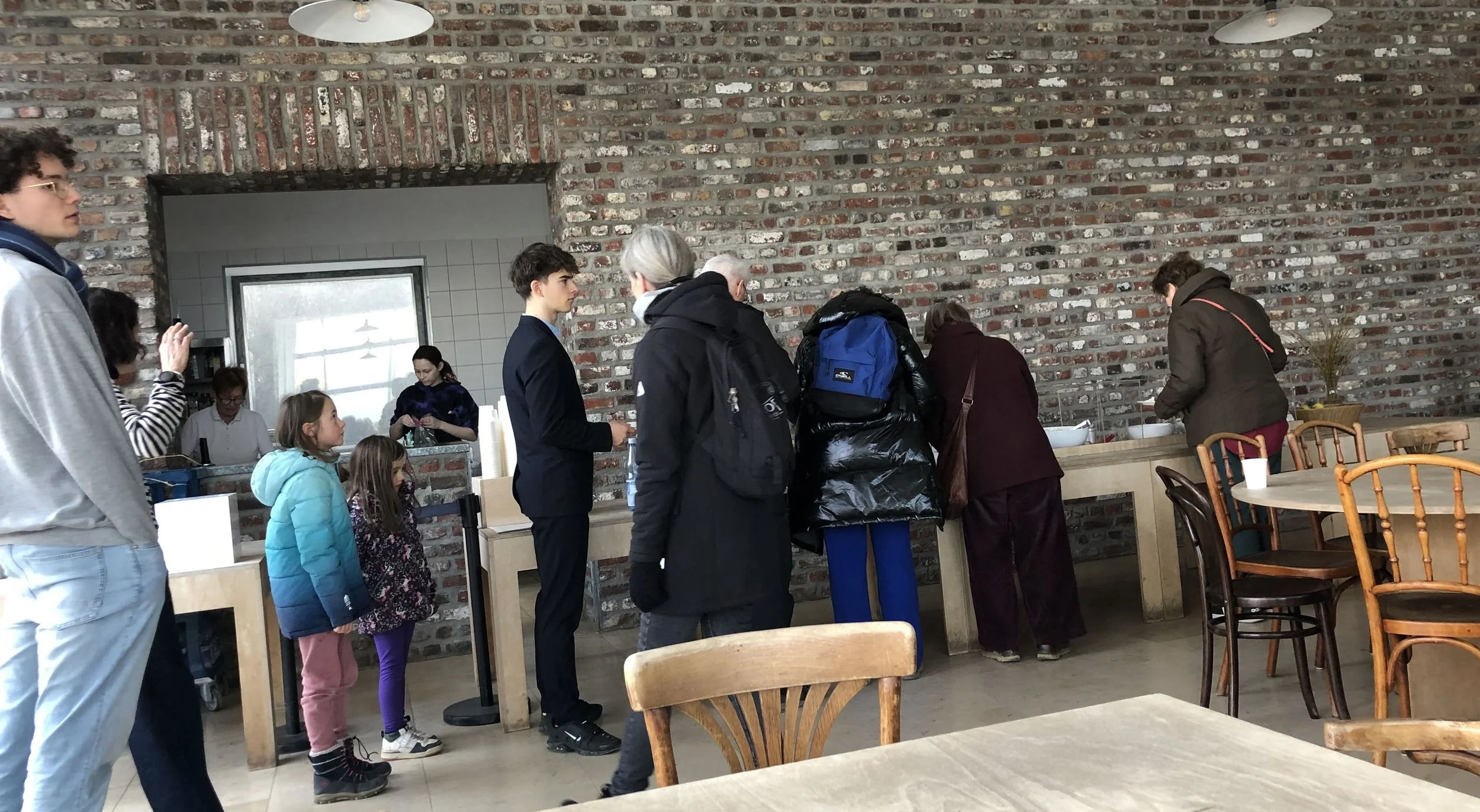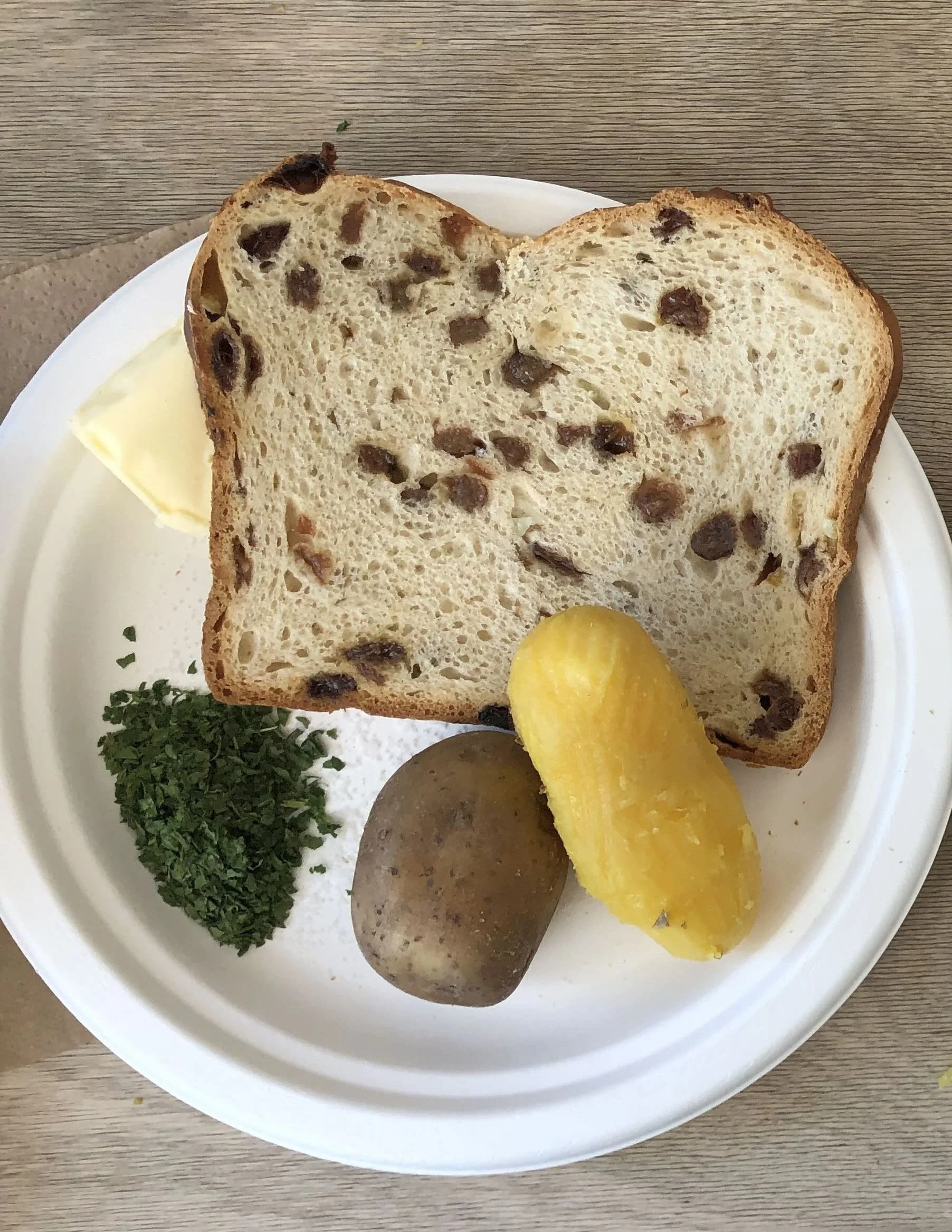Through the many screens that fill our lives, it is with our eyes and ears that we experience other places, people and ideas. We are often there and then, not present to ourselves and others, forgetting our bodies and their sensory capabilities beyond just hearing and sight.
To be somewhere is to move through that space, not just understanding but shifting from making sense of it to making senses in it.
That is the purpose of the experience we created: an occasion to explore what it means to be in a space and how it is not just about the visual properties. We wanted to hear, smell, taste, sense how our presence affects a space and helps to record it in multiple ways: the sound of your voice echoing in it, the difference of temperature inside and outside, the movement of the air, the feeling of losing yourself in the space, the absence of function of that space, the daylight that shapes and transforms the architecture.
In this update, we use some of the buildings in the Museum Insel Hombroich (Neuss, Germany), created by sculptor Erwin Heerich as chapels in the landscape of the park, as middle objects to allow different strategies for being in the here and now. We share below some suggestions as triggers and invitations to explore other spaces, like we did, forgetting about your eyes to make your body present.

